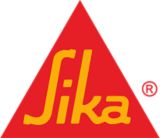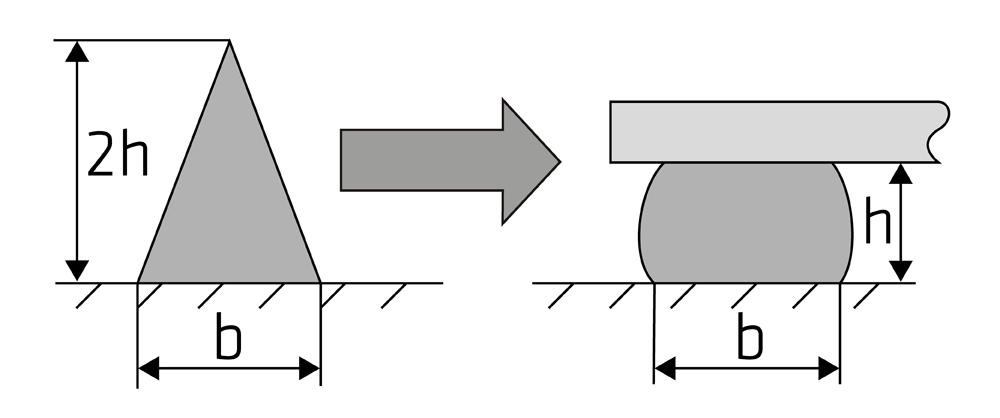Sikaflex® P2G
Primerless windshield adhesive
Sikaflex® P2G is a primerless to glass, one component, cold-applied, fast curing, high-viscosity polyurethane adhesive designed for use in replacing direct glazed automotive glass parts. When used as directed, Sikaflex® P2G is an appropriate adhesive for use in auto glass replacement applications.
- Primerless to glass
- 6 Hour Minimum Drive Away Time (MDAT); tested according to FMVSS 212
- Short cut-off string
- Cost effective

